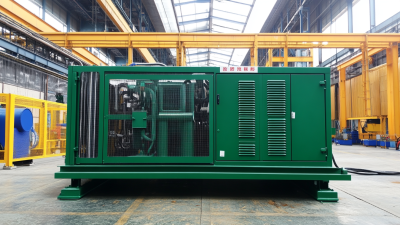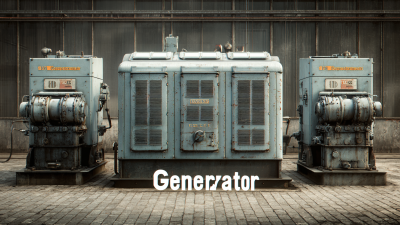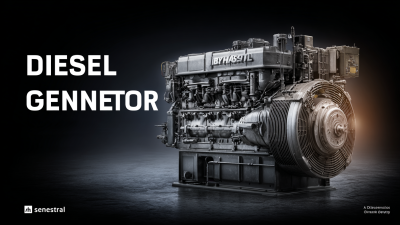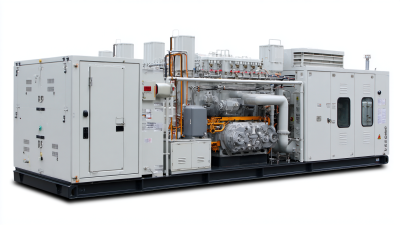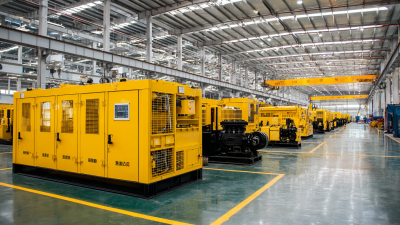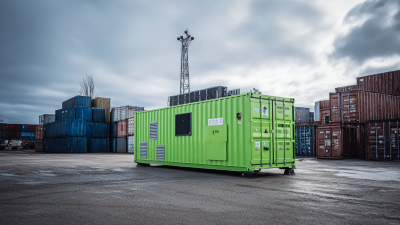
-
Home
-
Products
-
Service
-
About Us
-
Solution
-
Videos
-
News
-
Contact Us
Leave Your Message

In an increasingly noise-sensitive world, the demand for Silent Type Generators has surged dramatically, serving various industries from construction to entertainment. According to a report by MarketsandMarkets, the global generator market is projected to reach $27.3 billion by 2025, with a substantial segment attributed to silent generators due to their eco-friendly and efficient nature. As urbanization continues to rise, the need for unobtrusive power sources has never been more critical, particularly in densely populated areas where noise regulations are stringent.
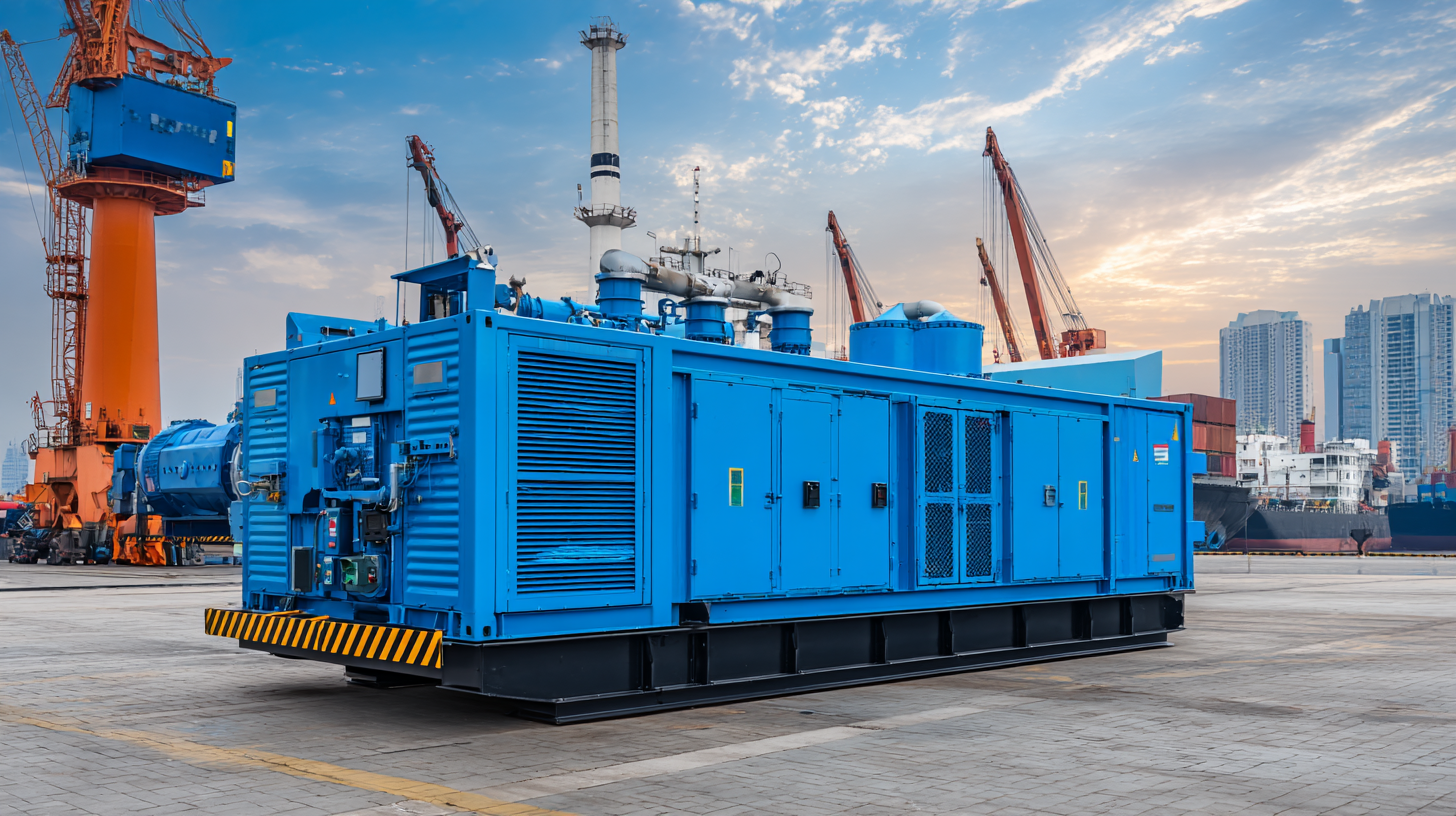
Choosing the best Silent Type Generator not only ensures compliance with local noise ordinances but also enhances operational efficiency and productivity. This ultimate guide aims to illuminate the key factors to consider when selecting a silent generator that meets global procurement needs, paving the way for businesses to operate smoothly without disturbing their surroundings.
Silent type generators have become increasingly essential in various sectors, particularly for global procurement. Their ability to operate quietly while providing reliable power makes them a perfect choice for industries that demand minimal noise pollution, such as hospitals, events, and residential use. Understanding the technology behind these generators is crucial; they typically feature soundproof enclosures that mitigate noise levels significantly, allowing them to operate in close proximity to sensitive environments without disruption.
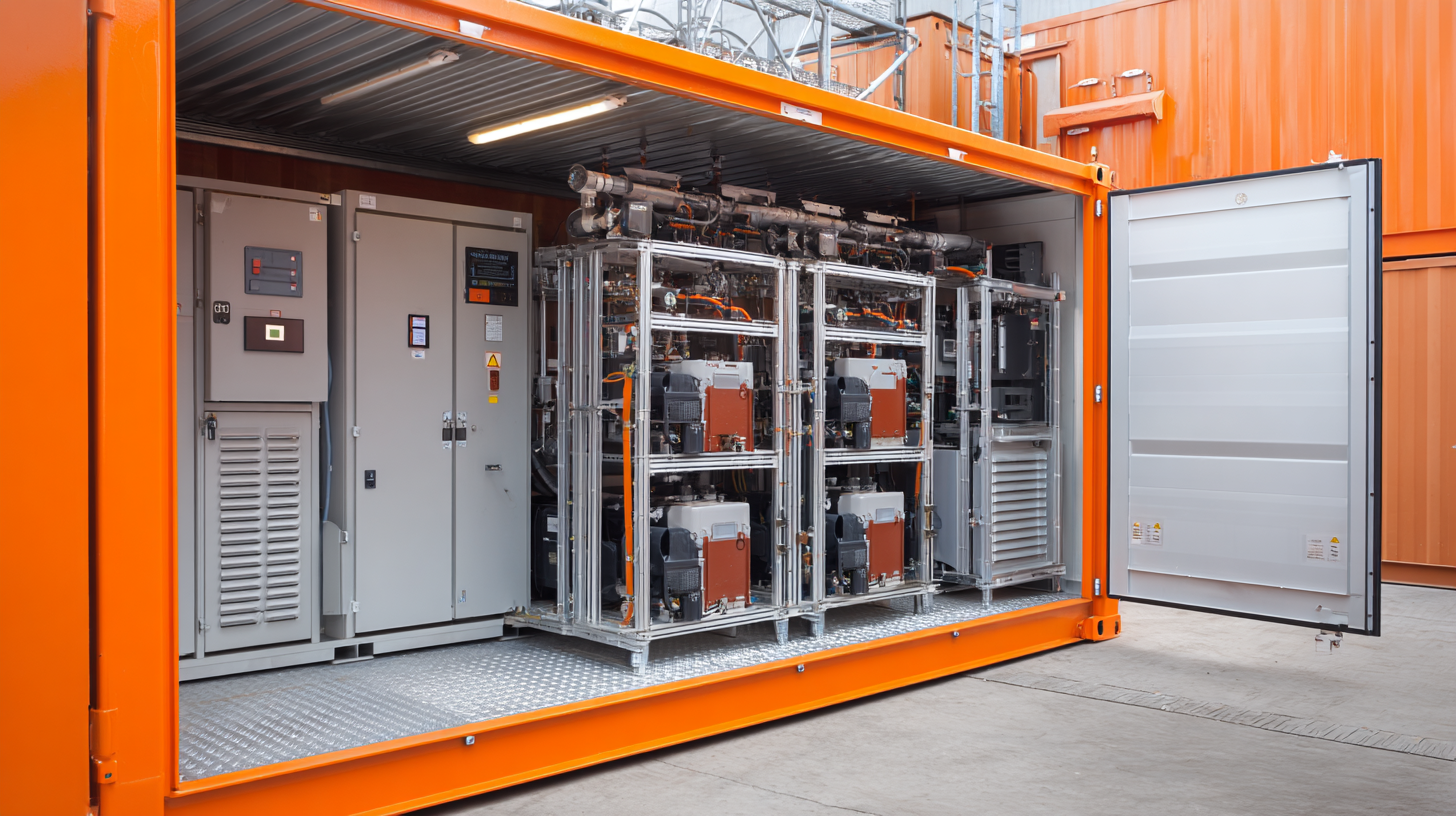
When considering silent type generators for procurement, it's vital to assess factors such as power output, fuel efficiency, and portability. Many modern silent generators utilize advanced technologies, such as inverter systems, which not only enhance efficiency but also reduce emissions. This aligns with global sustainability goals, making them an attractive investment for companies looking to minimize their environmental impact. Furthermore, their compact design allows for easy integration into various procurement scenarios, from small events to large-scale industrial applications, ensuring that businesses can find a solution that meets their unique power needs.
When selecting a silent type generator, several key factors influence the decision-making process. First and foremost is the generator's noise level, typically measured in decibels (dB). Most silent generators operate around 50-60 dB, ensuring minimal disruption in environments where silence is paramount, such as during outdoor events or in residential areas. According to a report by Industry Research, the demand for quiet generators has surged by 20% over the past two years, illustrating the increasing importance of low-noise solutions in global procurement.
Another critical factor is fuel efficiency, as this directly impacts operational costs and environmental sustainability. Many modern silent generators utilize advanced technology to achieve fuel efficiencies surpassing 20% compared to traditional models. As indicated in the Global Generator Market Insights report, the adoption of fuel-efficient generators significantly reduces greenhouse gas emissions, aligning with global initiatives for cleaner energy solutions.
Tips: When evaluating options, consider the total cost of ownership, including maintenance and fuel costs, to ensure long-term savings. Additionally, look for models with automatic voltage regulation (AVR) to protect sensitive equipment from power fluctuations, which can be a common issue during generator operation.
When considering silent type generators for international markets, several top brands stand out due to their reliability, efficiency, and noise-reduction technologies. According to a recent market research report by Grand View Research, the global generator market is expected to reach $27 billion by 2030, with silent type generators gaining popularity in sectors like construction, healthcare, and telecommunications. Leading brands such as Honda, Caterpillar, and Generac are renowned for their innovation in manufacturing generators that meet strict noise regulations while providing high performance.
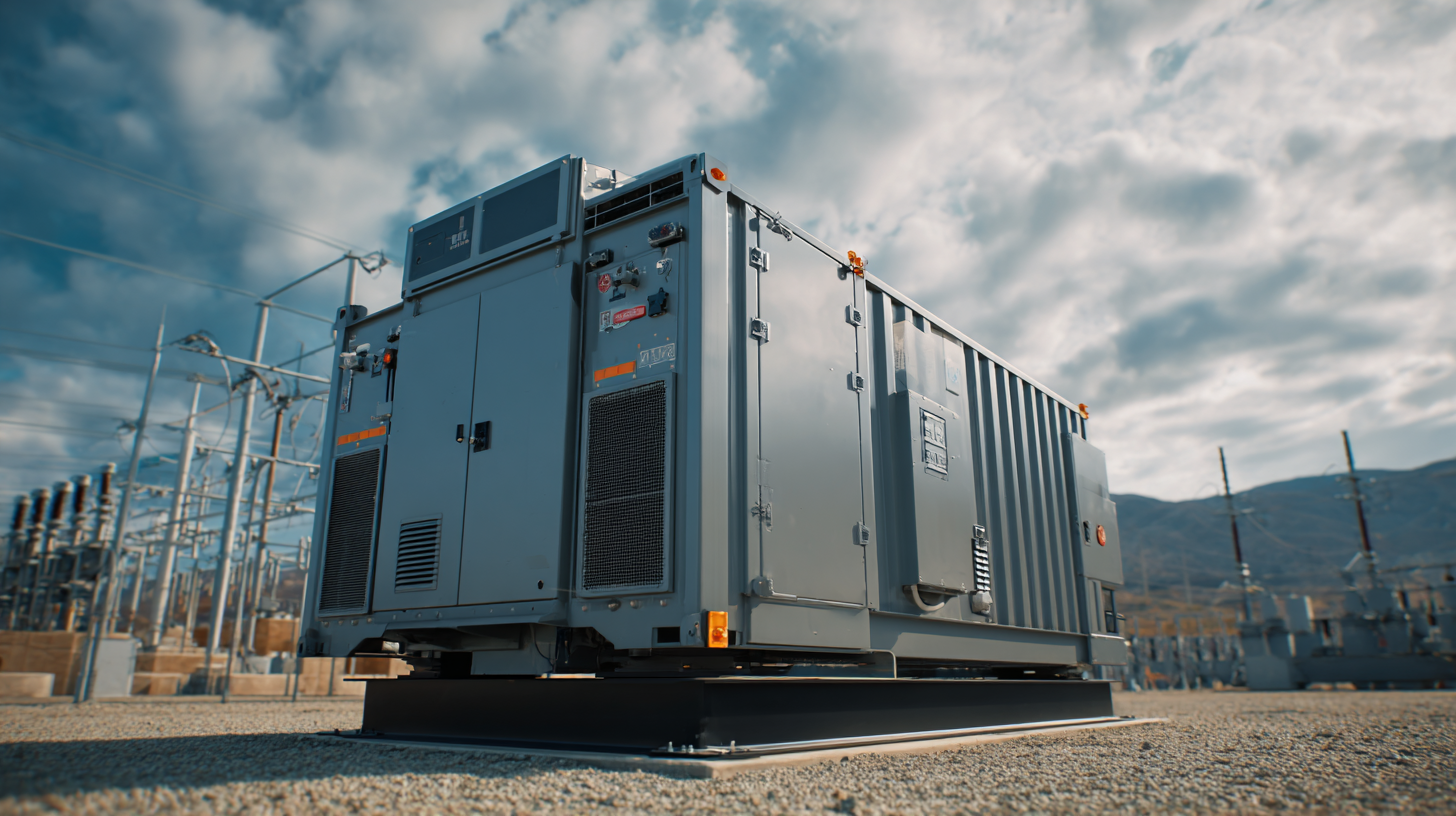
Tips for choosing the best silent type generator include evaluating your power needs and understanding fuel efficiency. Always check the decibel ratings, as lower noise levels can be critical in residential or urban settings. For instance, generators operating under 60 dB are considered exceptionally quiet. Additionally, consider the generator’s portability and whether it can easily be moved to different locations, as this convenience can greatly enhance its utility.
Another critical factor to consider is maintenance support. Brands with robust after-sales service, such as Cummins and Kohler, offer extended warranties and comprehensive service packages that can minimize downtime and maintenance costs. Research shows that generators that are well-maintained can last up to 20 years, making the upfront investment worthwhile for businesses engaged in global procurement.
Silent type generators have gained popularity for their cost-effectiveness and efficiency in providing reliable power solutions. According to market projections, the fuel cell generator market is expected to grow significantly, from USD 0.63 billion in 2025 to USD 1.80 billion by 2030, reflecting a compound annual growth rate (CAGR) of 23.3%. This trend highlights the shift towards quieter and more eco-friendly power options, in light of increasing global procurement needs.
One of the key advantages of silent type generators is their ability to operate quietly while minimizing emissions. Recent advancements in renewable energy technologies, such as compact backup systems leveraging solar and wind energy, are transforming the landscape of portable power solutions. Such systems not only ensure a peaceful environment during operation but also align with sustainability goals.
**Tips for Choosing a Silent Type Generator:**
- Look for models with integrated renewable energy capabilities to enhance efficiency and sustainability.
- Consider the total output power requirements for your specific needs to select a generator with appropriate capacity.
- Pay attention to noise levels specified in the product descriptions to ensure it meets your expectations for quiet operation.
Maintaining a silent type generator is essential for ensuring its longevity and optimal performance. According to a report by the International Energy Agency, proper maintenance can extend the lifespan of generators by up to 50%. Regular inspections, including checking fuel filters, oil levels, and cooling systems, can significantly reduce the risk of breakdowns. It is also crucial to keep the generator clean and free from debris, as dust accumulation can lead to overheating and reduced efficiency.
In addition to routine checks, investing in high-quality lubricants is vital. The American Petroleum Institute recommends using oils that meet the specifications for your generator model to ensure proper lubrication and cooling. Furthermore, automated monitoring systems can enhance maintenance practices. A study published in the Journal of Energy Resources Technology highlighted that predictive maintenance, which utilizes real-time data and analytics, can identify potential issues before they escalate, reducing downtime and repair costs by approximately 30%. By implementing these maintenance tips, operators can ensure their silent type generators function efficiently and remain reliable even in high-demand situations.
